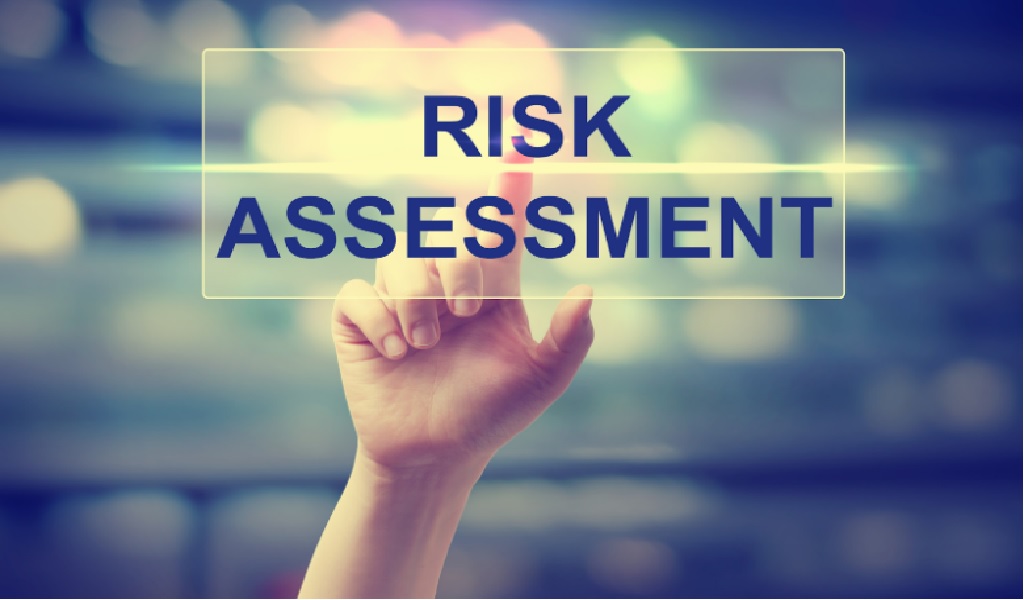Sometimes, for businesses trying to keep up with ever-changing rules and laws, it can feel like a game of whack-a-mole to meet their compliance goals. But there is a process that can help your organization do exactly this. It’s called compliance risk assessment.
This is more than just a simple check-the-box activity. An effective compliance risk assessment serves as your organization’s shield against regulatory breaches, fines, and reputational damage.
It is an indispensable tool for any business looking to establish itself as a reliable entity in today’s tightly regulated markets. In the following sections, we delve into the essentials of developing a compliance risk assessment plan – a necessary guide for traversing the challenging terrain of compliance risk.
Understanding Compliance Risk Assessment
If you don´t know what compliance risk is, let’s imagine you’re driving a car, and risk assessment is your GPS. It points out where you could go off track.
In our context, compliance risk is the possibility that you fail to follow the laws, rules, or standards related to your business operations. By ignoring these, you open the door to penalties and damage to your reputation.
A robust compliance risk assessment goes beyond a basic checklist. It uncovers unknown pitfalls, allowing you to make informed choices. Regular assessments empower your business to respond effectively to changes in regulations.
The Need for a Compliance Risk Assessment Plan
Try building a house without a blueprint and the result would be chaotic at best. A compliance risk assessment plan is that blueprint for your business. It’s a structured approach that identifies, assesses, and manages the risks related to compliance.
A well-crafted plan brings clarity. It helps your business anticipate and manage potential regulatory pitfalls.
A plan based on a risk assessment template aids in systematic risk identification, evaluation, and mitigation. It’s not about preventing all risks but managing them effectively.
Armed with a compliance risk assessment plan, businesses can navigate regulatory demands with confidence. They can make informed decisions that reduce risk and boost operational efficiency. This plan becomes the bedrock of a proactive, rather than reactive, approach to compliance management.
Developing an Effective Compliance Risk Assessment Plan
Crafting a compliance risk assessment plan isn’t a guessing game. It requires an organized and systematic approach.
You are building a sturdy shield against potential compliance risks. This shield helps you stay on the right side of rules and regulations.
Identify Regulations and Standards
The first step is knowing what rules apply to you. Like a traveler marking their path on a map, identify the regulations and standards that apply to your business. This might include industry-specific rules, general business laws, or even international standards.
Risk Identification and Classification
Once you know your path, it’s time to spot the potential hazards. These hazards, or risks, could be anything from data breaches to workplace safety concerns.
To manage these risks effectively, it’s essential to classify them. Classify risks based on their potential impact on your business. This helps prioritize your management efforts.
Risk Evaluation
Now, you assess each risk. What would happen if this risk turned into reality? Assess the impact and likelihood of each risk. You might find that some risks are less likely to happen but could have a devastating impact.
Formulating Risk Mitigation Strategies
Knowing your risks is half the battle. The next step is preparing to face them. This is where your security management skills come into play.
Develop strategies to manage the risks you’ve identified. Some risks might require you to revise your policies. Others might need technical solutions.
Implement the Plan
Your plan is ready. It’s time to put it into action. Ensure your team understands the plan and their roles in implementing it. Regular communication and training are crucial.
Ongoing Review and Update of the Plan
A good plan today might not fit tomorrow. As regulations, business operations, and technologies evolve, so should your plan. Review and update it regularly. This ensures your plan stays relevant and effective in managing your risks.
Sensitive information adds a layer of complexity to compliance risk assessment. Keeping this information secure is often a top priority.
Remember to factor this into your risk identification and mitigation strategies. Your plan should clearly outline how to handle such information to ensure compliance.
Cybersecurity as a Key Part of Compliance Risk Assessment
Cybersecurity is no longer an optional part of business operations. It’s as crucial as any other function. Why is it important in compliance risk assessment?
It’s because cybersecurity risks can impact your compliance status. A data breach could mean falling foul of data protection laws. An insecure system could lead to financial fraud.
Role of Cybersecurity Testing
Testing your cybersecurity measures is like checking the locks on your doors. You don’t want to find out they’re broken when a burglar tries them.
Cybersecurity testing helps spot weaknesses before bad actors do. These tests mimic the tactics used by attackers, identifying vulnerabilities.
There are various cybersecurity tests you can conduct to fortify your organization’s digital infrastructure. Let’s explore some of these.
Security Risk Assessment
This test is a comprehensive review of your organization’s information assets that could be impacted by a cyber attack. It involves identifying potential threats and vulnerabilities that could affect these assets. It’s like a health checkup that helps you understand where you stand and what you need to improve.
ISO 27001 Penetration Testing
Think of ISO 27001 Pen Testing as a simulated break-in to your system. This test checks your system’s resilience to attacks, identifying potential points of failure. Following the ISO 27001 standard for Information Security Management Systems, this test is pivotal in maintaining the confidentiality, integrity, and availability of your data.
Vulnerability Scanning
A vulnerability scanning assessment is like a security patrol that constantly looks for weaknesses in your network or system. It uses automated tools to detect system vulnerabilities, such as outdated software, poor configurations, or weak passwords, providing a detailed list of security loopholes that need to be addressed.
Social Engineering Testing
This kind of test simulates real-life attempts that trick your employees into revealing sensitive information, such as usernames and passwords. This test helps evaluate your employees’ awareness of such threats and trains them to react appropriately when faced with actual attempts.
Including cybersecurity testing in your compliance risk assessment is not just a smart move, it’s mission-critical. It can reveal vulnerabilities that could lead to compliance breaches. By addressing these weaknesses, you are reducing your compliance risks.
Your Journey Through Compliance Risk Assessment
As we explore the world of compliance risk assessment, we see how important it is. It’s like a tricky maze that businesses need to get through. They need to know the path, have the right gear, and move carefully.
Our goal is to help you learn and stay ready for these tough tasks. It’s like being on a hike – you always want to be one step ahead. To do this, you need to keep learning and improving your skills.
We invite you to read more of our Technology articles. Check them out to stay up-to-date and sharp in your understanding.

















